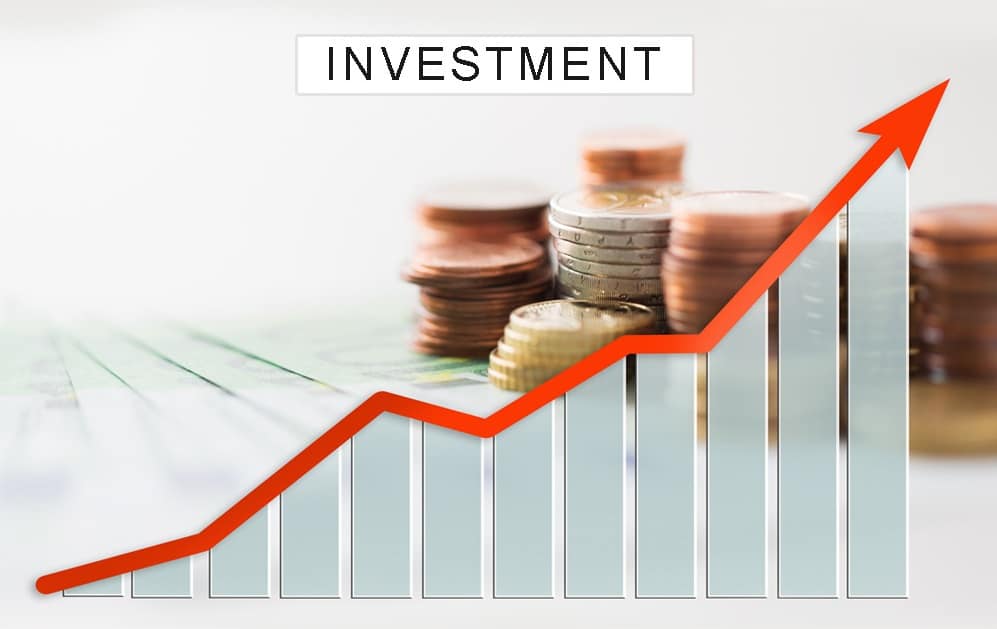Inflation is an essential economic indicator that measures the general increase in prices of goods and services over a specific period. Recently, the United States experienced a significant surge in inflation, with rates jumping 7.5% over the past 40 years. This alarming trend has raised concerns among economists and policymakers, prompting the need for a deeper understanding of its implications and potential consequences. In this article, we will delve into the factors contributing to the inflation surge, analyze its economic impact, and explore possible strategies to mitigate its effects.
Understanding Inflation
What is Inflation?
Inflation is the gradual rise in the general price level of goods and services in an economy over time. It erodes the purchasing power of money, meaning that consumers need to spend more to maintain their standard of living.
Causes of Inflation
1. Demand-Pull Inflation
Demand-pull inflation occurs when aggregate demand in an economy exceeds its aggregate supply. This can happen due to increased consumer spending, government expenditures, or investments.
2. Cost-Push Inflation
Cost-push inflation arises when the cost of production increases for businesses, leading to higher prices for consumers. Factors like rising wages, increased raw material costs, and higher taxes contribute to this type of inflation.
3. Built-In Inflation
Built-in inflation results from the expectations of inflation by workers, businesses, and consumers. If people expect prices to rise in the future, they may demand higher wages and increase prices, leading to a self-fulfilling prophecy.
The US Inflation Surge
The United States has recently witnessed a significant inflation surge, with rates rising by 7.5% over the past four decades. Several factors have contributed to this notable increase.
1. Expansionary Monetary Policies
The Federal Reserve’s implementation of expansionary monetary policies, such as lowering interest rates and quantitative easing, was aimed at stimulating economic growth. While these measures can boost economic activity, they also increase the money supply, leading to potential inflationary pressures.
2. Supply Chain Disruptions
The COVID-19 pandemic caused widespread supply chain disruptions, affecting various industries. Shortages of raw materials, transportation issues, and reduced production capabilities led to increased production costs, which were passed on to consumers in the form of higher prices.
3. Housing Market Boom
The housing market experienced a significant boom, with increasing demand and limited housing supply. As a result, housing prices soared, contributing to the overall inflation rate.
The Economic Impact of Inflation
1. Reduced Purchasing Power
High inflation erodes the purchasing power of consumers, making it more expensive for them to buy goods and services. As a result, individuals may experience a decline in their standard of living.
2. Impact on Investments
Inflation can negatively impact investments, especially fixed-income assets like bonds. The real return on these investments may decrease if the rate of inflation outpaces the return rate.
3. Effect on Borrowers and Lenders
Inflation affects both borrowers and lenders. Borrowers benefit from inflation as they can repay loans with money that has reduced purchasing power. Conversely, lenders suffer a loss in the real value of the money they receive.
Mitigating Inflationary Effects
1. Tightening Monetary Policies
The Federal Reserve can implement contractionary monetary policies, such as raising interest rates and reducing the money supply, to combat inflation.
2. Addressing Supply Chain Issues
Efforts to address supply chain disruptions and improve logistics can help stabilize prices and prevent further inflationary pressures.
3. Fiscal Measures
Fiscal policies, such as tax adjustments and targeted government spending, can be employed to manage inflationary forces.
Conclusion
The recent surge in US inflation, with rates jumping 7.5% in 40 years, has raised concerns about its economic impact. Understanding the causes and consequences of inflation is crucial for policymakers to implement effective measures. By employing a combination of monetary, fiscal, and supply chain strategies, the US can work towards stabilizing prices and ensuring a more sustainable economic future.
FAQs (Frequently Asked Questions)
1. Is inflation always bad for the economy?
Inflation can be both beneficial and detrimental to the economy. Moderate inflation is generally considered healthy as it encourages consumer spending and investment. However, high and unpredictable inflation rates can harm the economy by eroding purchasing power and creating uncertainty.
2. How does inflation affect the average consumer?
Inflation can negatively impact the average consumer by reducing their purchasing power. It means that consumers will need to spend more money to purchase the same goods and services, leading to a decrease in their standard of living.
3. What are the long-term effects of high inflation?
High inflation can lead to several long-term effects, including reduced consumer and business confidence, decreased investment, and distorted economic decision-making. It can also result in a decrease in real wages and an erosion of savings.
4. Can the government control inflation?
Yes, the government can influence inflation through its monetary and fiscal policies. The central bank, such as the Federal Reserve in the US, plays a crucial role in controlling inflation by adjusting interest rates and regulating the money supply.
5. How does inflation impact retirement savings?
Inflation can erode the value of retirement savings over time. If the rate of inflation exceeds the rate of return on investments, retirees may find it challenging to maintain their standard of living in the long term.




